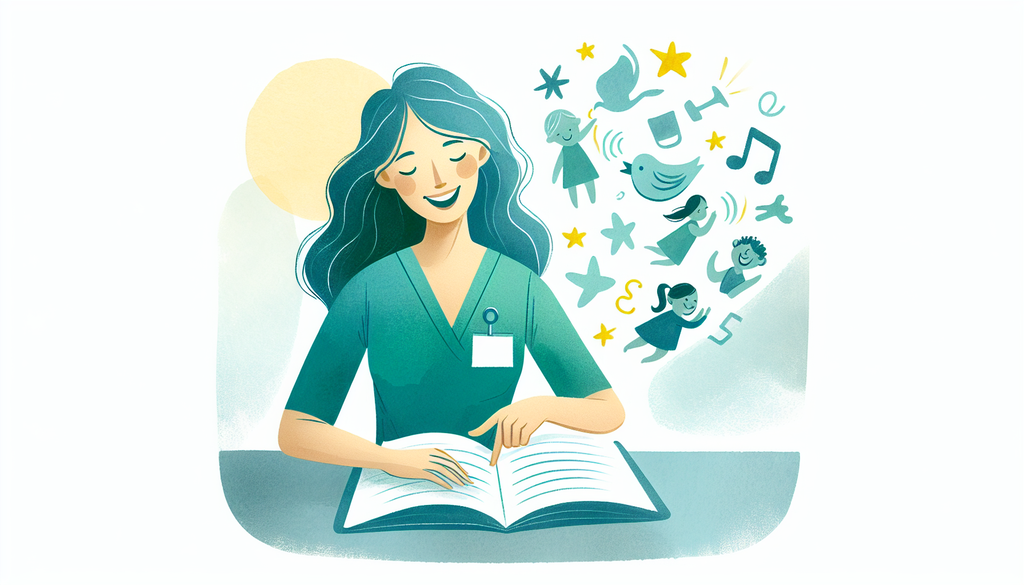The Role of Speech-Language Pathologists in Literacy Development

When it comes to literacy development, one group of professionals often goes under the radar but plays a crucial role: speech-language pathologists (SLPs). SLPs work with children to address language-related learning issues, including those with special needs or those identified as gifted and talented. SLPs have a deep understanding of the intricacies of language development and are trained to support children’s blossoming literacy skills.
What Do Speech-Language Pathologists Do?
SLPs focus on diagnosing and treating speech and language issues, from articulation problems to language disorders. They work across age groups but play a particularly significant role when it comes to children’s development. SLPs may help children with pronunciation and articulation, comprehension and expression in oral and written forms, voice pitch problems, stuttering, or social communication skills, among others. Their role is versatile and can be adapted to support a child’s unique needs. In particular, SLPs can provide considerable support for children with special needs, who often face challenges in communication and language learning advancements.
In the realm of specialized education, SLPs can offer individualized support that goes beyond general education contexts. They can work with children one-on-one, in small groups, or provide input to teachers and parent groups on strategies to support a child’s language development. For more insights into the typical milestones of speech and language development and when to seek help for potential issues, check out our earlier post, Speech and Language Development: What Parents Should Know.
SLPs can also collaborate with parents and teachers to form inclusive education methodologies and strategies that accommodate a child’s special needs Beyond Accommodations: Advocacy for Inclusive Education. Often, they can guide and help implement Individualized Education Plans (IEPs), ensuring that specific language and communication needs are addressed in accessible and efficient ways.
The Role of SLPs in Literacy Development
Literacy, or the ability to read and write, is fundamentally language-based. It is therefore natural that SLPs significantly contribute to literacy development. Their in-depth knowledge and understanding of phonetics, phonology, morphology, syntax and semantics among other things, enable them to help children bridge the gap from oral language skills to the world of reading and writing.
Moreover, SLPs can assist in addressing various literacy-related challenges that children may face, such as dyslexia, and guide parents and teachers towards effective strategies Navigating the Therapeutic Journey: A Guide for Parents. Children with learning disabilities, such as dyslexia, often benefit from the intervention of SLPs who can provide the targeted, individualized training that they require to build their reading and writing skills.
SLPs and Multilingual Special Needs Children
Language learning for special needs children who are raised in multilingual households can offer its unique set of challenges. SLPs can play a vital role in supporting these children, helping them navigate the world of multiple languages and offering structured methods to encourage bilingual or multilingual proficiency Language Development: Supporting Multilingual Special Needs Children.
Final Words
Speech-language pathologists are crucial team members in the realm of specialized education. Their roles are diverse, and the impact they have on children’s literacy development is profound. Whether working with children identified as gifted, those with special needs, or children navigating multilingual environments, SLPs offer valuable support in creating inclusive and accessible learning journeys.
If your child is facing any language-related learning issues, consider consulting with a speech-language pathologist. They may be the hidden resource you need to unlock your child’s full language potential.